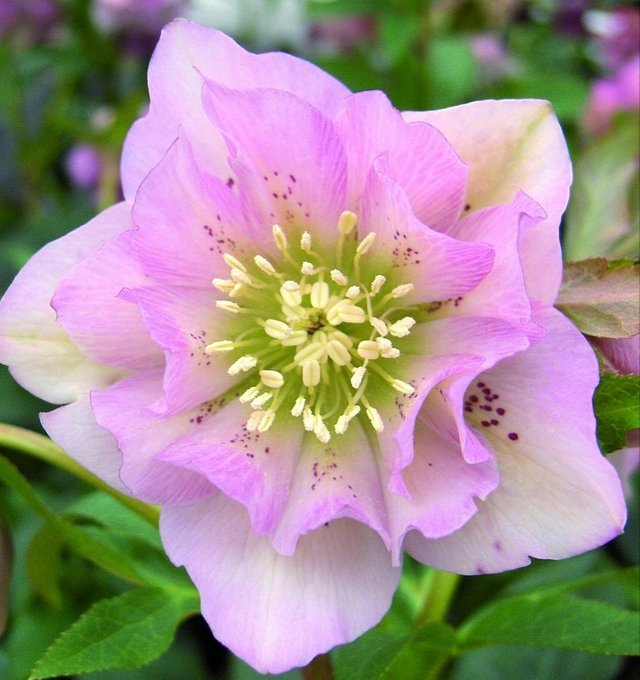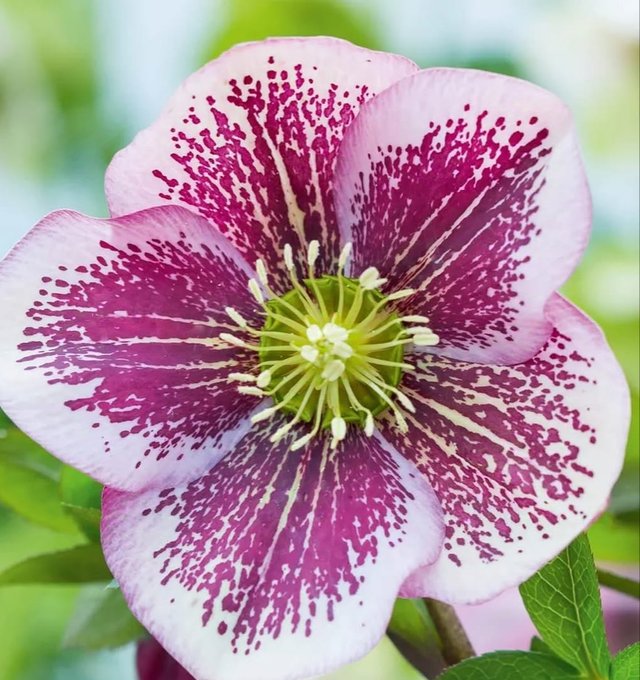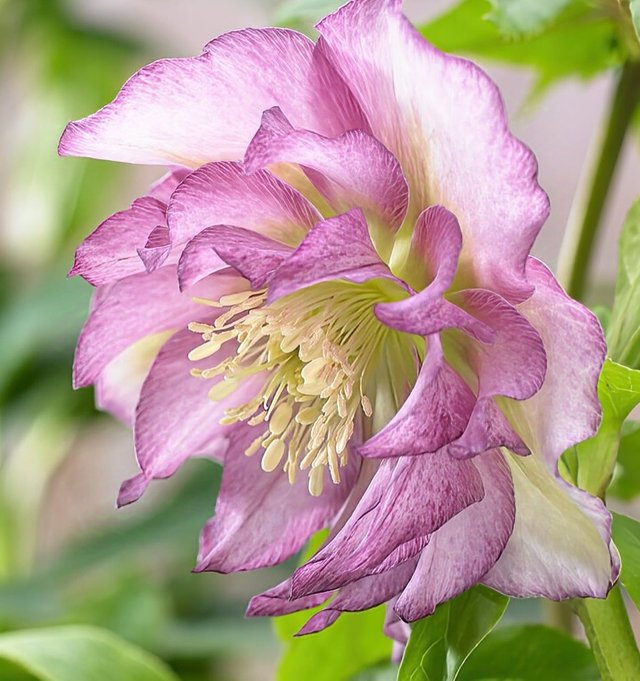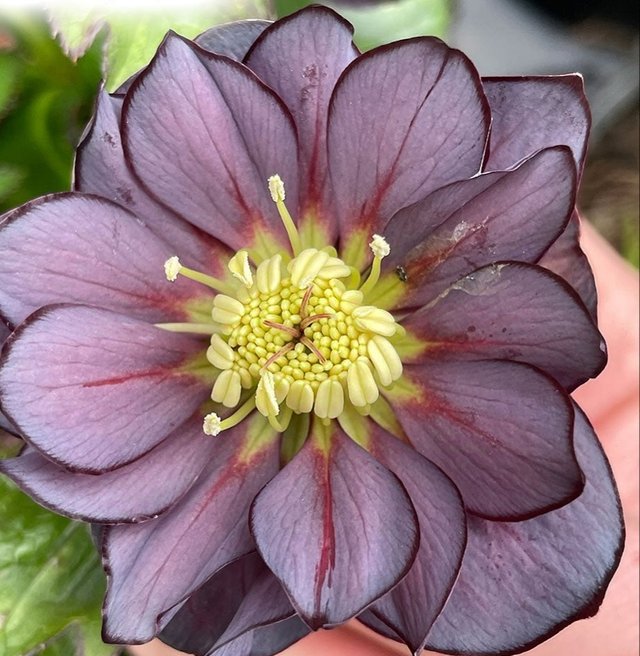So Beautiful Helleborus Orientalis Flower
Helleborus orientalis: The Lenten Rose of Elegance and Resilience
Helleborus orientalis, commonly known as the Lenten Rose, is a perennial plant beloved for its early spring blooms, long-lasting flowers, and low-maintenance nature. Native to the mountainous regions of Turkey, Greece, and the Caucasus, this shade-loving beauty has found a permanent home in gardens worldwide, enchanting gardeners and plant enthusiasts alike.
Botanical Characteristics
Helleborus orientalis belongs to the Ranunculaceae family and is renowned for its robust evergreen foliage and stunning flowers. While not a true rose, its nickname, "Lenten Rose," derives from its blooming season, which typically coincides with Lent in late winter to early spring.
The flowers, measuring 2–4 inches in diameter, are available in a mesmerizing range of colors, from creamy whites and pastel pinks to deep purples and near-black hues. Many varieties also feature speckled or picotee patterns, adding to their allure. The flowers are composed of sepals, not petals, which gives them exceptional longevity—often lasting several weeks.
The leathery, dark green foliage remains attractive year-round, providing structure to garden beds. The leaves are deeply lobed and palmate, making them a striking backdrop for the blooms.
Growing Conditions
Helleborus orientalis thrives in a variety of conditions, but it performs best when its natural habitat is mimicked. Here are its preferred growing conditions:
Light: Partial to full shade is ideal. While it tolerates dappled sunlight, direct sunlight can scorch the leaves, particularly in hot climates.
Soil: Well-drained, humus-rich soil with a slightly alkaline to neutral pH is optimal. Adding organic matter like compost enhances growth.
Watering: This plant appreciates consistent moisture but is drought-tolerant once established. Avoid waterlogging, as it can lead to root rot.
emperature: Hardy in USDA zones 4–9, Helleborus orientalis is incredibly cold-tolerant and can even bloom under a blanket of snow. It thrives in cool, temperate climates but can adapt to warmer areas with adequate shade.
Planting: Fall or early spring is the best time to plant. Ensure the crown is just above soil level to prevent rot.




